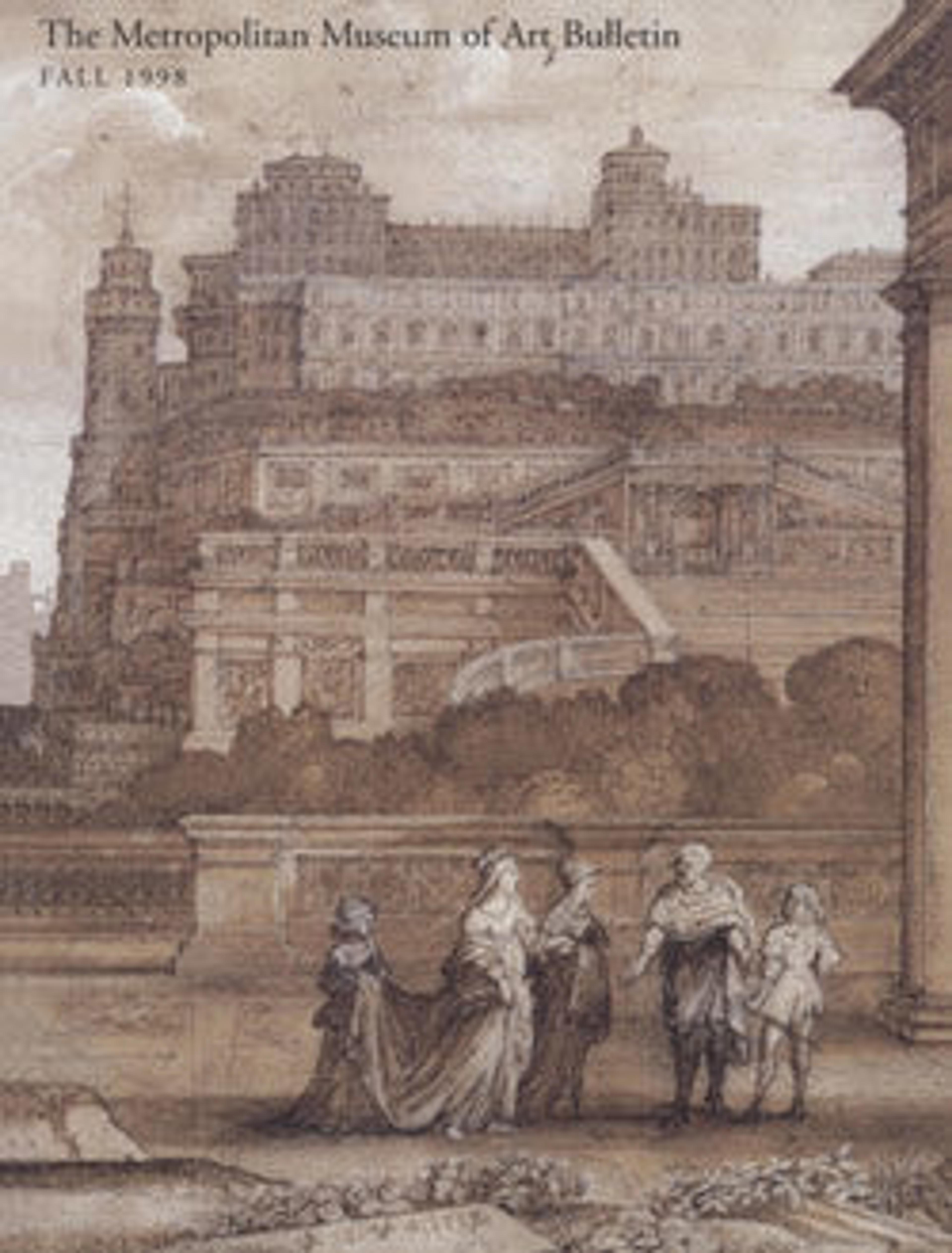Seated Figure of Mercury
The attribution of this drawing to Parmigianino was first advanced by Oberhuber (oral communication to the previous owner) and has been universally accepted. De Grazia hypothesized that it may have been made as a preparatory study for a lost painting of Mercury by Parmigianino listed in the 1561 inventory of works belonging to his patron, the Cavaliere Francesco Baiardo. Whether or not this is true, it is clear that the drawing was made in connection with a finished work, on account both of the specificity of its composition and the existence of a small earlier sketch of the same figure in the National Gallery of Art, Washington (Washington and Parma 1984, fig. 42a). The pose of Mercury, with elongated torso and sharply foreshortened legs, indicates that the painting or fresco was to be viewed from below. The style of the drawing, and its obvious partial dependence on Michelangelo's fresco of Jonah on the Sistine ceiling (see also cat. 68), indicated a date shortly after the artist's arrival in Rome in 1524. The sfumato modeling is still Correggesque, but the impact of Michelangelo and ancient Roman sculpture on Parmigianino are evident here. Perhaps most comparable among his drawings in both form and technique is the study in the Louvre of a man seated on the ground (Popham, no. 504, pl.112). (George R. Goldner in Correggio and Parmigianino: Master Draughtsmen of the Renaissance, exh. cat. New York and London 2000, p. 112, no. 69)
Artwork Details
- Title: Seated Figure of Mercury
- Artist: Parmigianino (Girolamo Francesco Maria Mazzola) (Italian, Parma 1503–1540 Casalmaggiore)
- Date: 1524–26
- Medium: Black chalk
- Dimensions: 12 x 8 1/8in. (30.5 x 20.6cm)
- Classification: Drawings
- Credit Line: Purchase, Florence B. Selden Bequest, Charles and Jessie Price Gift, and Harry G. Sperling Fund, 1997
- Object Number: 1997.154
- Curatorial Department: Drawings and Prints
More Artwork
Research Resources
The Met provides unparalleled resources for research and welcomes an international community of students and scholars. The Met's Open Access API is where creators and researchers can connect to the The Met collection. Open Access data and public domain images are available for unrestricted commercial and noncommercial use without permission or fee.
To request images under copyright and other restrictions, please use this Image Request form.
Feedback
We continue to research and examine historical and cultural context for objects in The Met collection. If you have comments or questions about this object record, please contact us using the form below. The Museum looks forward to receiving your comments.
